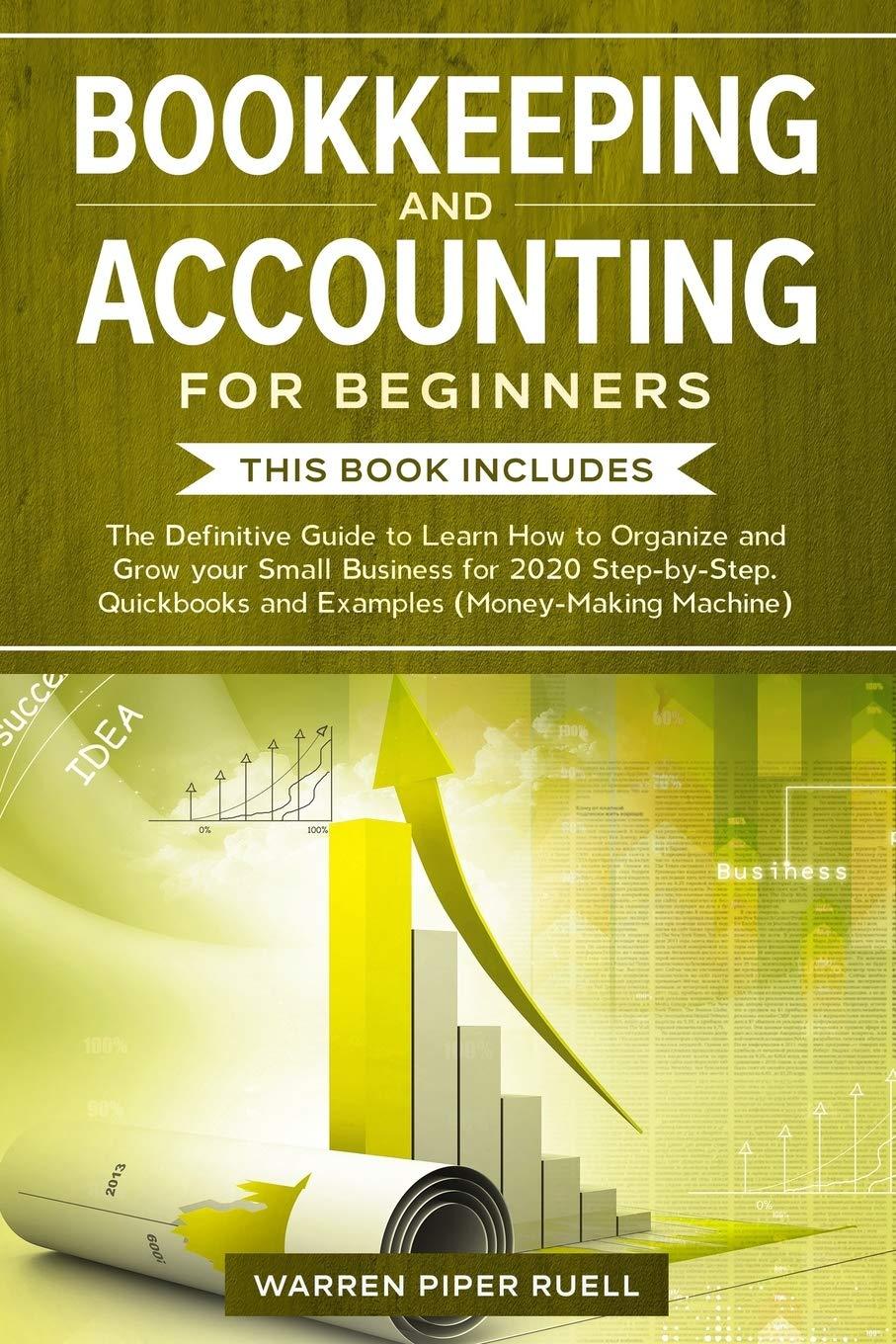Question
NOTE: PLEASE DON'T SIMPLY USE CHAT GPT FOR ANSWERING THE QUESTIONS, ANSWER ONLY IF YOU ARE ONLY FAMILIAR WITH THE CONCEPTS a) Your friend, Alexa,
NOTE: PLEASE DON'T SIMPLY USE CHAT GPT FOR ANSWERING THE QUESTIONS, ANSWER ONLY IF YOU ARE ONLY FAMILIAR WITH THE CONCEPTS
a) Your friend, Alexa, is a local entrepreneur who is thinking of starting up a new business called Venture. Alexa asks you to briefly outline and explain the nontax advantages and disadvantages of the most common legal entities used for operating a business in the United States. Specifically, Alexa wants you to compare and contrast the following legal classifications: sole proprietorship (not formed as an LLC), general partnership, limited liability company (LLC), and corporation. Be certain to address similarities and differences among the rights and responsibilities of each legal entity and its owner(s), as well as whether the entity and/or the owner(s) is ultimately responsible for paying tax liabilities (both income and payroll taxes) of the business.
b) Alexa now asks you to briefly outline and explain the four basic tax classifications available to legal entities operating a business in the United States. Specifically, Alexa wants you to compare and contrast the following tax classifications: Schedule C sole-proprietorship/single-member LLC, partnership/multiple-member LLC, C corporation, and S corporation. Be certain to address whether each tax classification is treated as a separate taxpaying entity or a flow-through entity. Why may a business owner prefer one type of flow-through entity over the other for both income tax and payroll tax purposes? In addition, explain how the check-the-box regulations are used to determine the tax form of a business entity. By default, how are unincorporated entities treated for tax purposes?
c) Alexa will be the 100% owner of the new business, Venture, which is expected to generate pretax ordinary business income of $200,000. Alexas marginal income tax rate is 37% with a 23.8% rate on qualified dividends and long-term capital gains (including the 3.8% net investment income tax). Show your calculation of how much cash after taxes Alexa will receive from the business, and the overall tax rate on Ventures income in the first year of operation in each of the following independent situations:
1) Alexa organizes Venture as a C corporation, and the business will distribute one-half of its after-tax earnings as a dividend. What tax form(s) will be used to report Ventures profits?
2) Alexa organizes Venture as a single-member LLC. Assume Alexa will be required to pay an additional 2.9% for self-employment tax and 0.9% for the additional Medicare tax. Also, Alexa will be eligible to claim a full deduction for qualified business income on Ventures ordinary business income. What tax form(s) will be used to report Ventures profits?
Item 2 of 5 Pepper Corporation (PC) is a calendar-year S corporation owned by Cora and Scout, who are each 50% shareholders. At the beginning of the year, Cora's basis in her PC stock was $40,000. PC reported the following tax information for 2022:
| Description | Amount |
| Sales revenue | $730,000 |
| Cost of goods sold | (200,000) |
| Long-term capital gain | 8,000 |
| Dividend income | 5,000 |
| Tax exempt interest | 3,000 |
| Salary to owners | (120,000) |
| Employee wages | (50,000) |
| Rent expense | (12,000) |
| 179 expense | (10,000) |
| Overall net income | $354,000 |
When preparing the S corporation tax return, what amount of ordinary business income (loss) is allocated to Cora? In addition, what is the amount and character of each separately stated item allocated to Cora? What is Coras basis in her PC stock at the end of the year? Assume that during the year, PC makes an operating distribution of cash to Cora in the amount of $250,000. If PC has been an S corporation since inception, how will Cora be taxed when she receives the cash distribution? How does your answer change if PC was previously a C corp. with earnings and profits at the time it elected to become an S corp.?
If PC was a C corporation, the IRS would be interested in determining whether the salaries paid to officers were too large to be fully allowed as a tax deduction. However, because PC is an S corporation, the IRS is interested in determining whether the salaries are too small for employees who are also shareholders. Explain why the IRS has this concern related to S corporations. During the next tax year, PC wants to give employer-provided health insurance as a nontaxable fringe benefit to all of its employees (106), including Cora and Scout. Describe how this will impact Coras tax liability, given that she is greater than a 2-percent shareholder-employee.
Now assume that on May 1, 2022, PCs S election was terminated after Scout sold one-half of his PC shares to Jasmine, who is a nonresident alien. PCs $354,000 of overall income for 2022 was earned as follows: $84,000 for the 121-day period January 1 through April 30, and $270,000 for the 245-day period May 1 through December 31. If PC uses the number of days in each short tax year (the daily method) for allocating income, how much of its overall income will it report on its S corporation short tax year return (1/1 4/30)? Will your response change if PC uses the specific-identification method? Clearly show any related calculations.
Step by Step Solution
There are 3 Steps involved in it
Step: 1

Get Instant Access to Expert-Tailored Solutions
See step-by-step solutions with expert insights and AI powered tools for academic success
Step: 2

Step: 3

Ace Your Homework with AI
Get the answers you need in no time with our AI-driven, step-by-step assistance
Get Started


